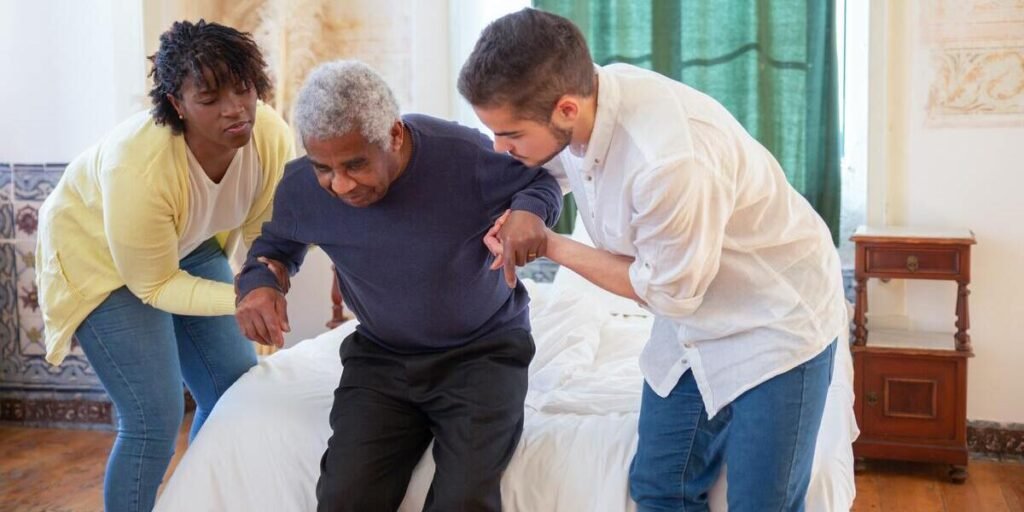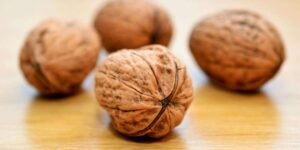
5 Major Types and Causes of Urinary Incontinence in the Elderly!
Once people get older, many physical problems will occur. Urinary incontinence is one of the more common conditions. In addition to seeking help from a doctor, you can also make some efforts in your daily life to improve it. The following will explain one by one what urinary incontinence is, as well as the causes, types and improvement methods.
About the causes of urinary incontinence
Urinary incontinence means that urine flows out unknowingly. When a person urinates, the muscles of the bladder contract to squeeze urine into the urethra, and at the same time the muscles of the urethra relax to allow urine to be expelled from the body. When the muscles in and around the bladder are not functioning properly, urine leakage may occur. Urinary incontinence is basically caused by the bladder muscles relaxing unconsciously, causing urine leakage.
5 reasons for urinary incontinence in the elderly
There are many causes of urinary incontinence, such as urinary tract infection, inflammation of the bladder wall, vaginal infection or inflammation, constipation, drinking too little water, and drinking too much tea and coffee, which may also affect the function of the bladder. If urinary incontinence lasts for a long time, it may be due to the following factors:
- The bladder is weak or overactive.
- The underlying muscles of the pelvis are weak.
- The nerves that control the bladder are damaged due to diseases such as multiple sclerosis, diabetes, and Parkinson’s disease.
- In men, urinary obstruction is caused by prostate hypertrophy. Over time, urine accumulates in the bladder, causing the bladder muscles to gradually lose their ability to control urination normally, resulting in urinary incontinence.
- The organs in the pelvic area such as the bladder, rectum, and uterus prolapse and shift into the vagina. When the pelvic organs move, the bladder and urethra cannot function properly, causing urine leakage.
5 types of urinary incontinence in the elderly
Urinary incontinence can be divided into 5 types. Some people only leak urine occasionally, some people have constant dripping of urine, and some people have lost the ability to control their bladder and bowels. The 5 types of urinary incontinence are as follows:
- Stress Incontinence
It occurs when the pressure (force) in the abdomen increases and exceeds the pressure of bladder contraction. Actions such as coughing, sneezing, laughing, climbing stairs, and lifting heavy objects will all increase abdominal pressure. This is the most common type and the problem is with bladder control. - Urge Incontinence
Also known as overactive bladder (OAB), the patient will suddenly be in a hurry to go to the toilet, but cannot help but urinate before reaching the toilet. Causes include stroke, dementia, multiple sclerosis, prostate hypertrophy (men), pelvic floor atrophy (women), constipation, etc. - Overflow Incontinence
This type is less common. Patients often have the urge to urinate and often only overflow a little urine. The cause is that the urethral system is blocked or the bladder contractility is poor. The causes are prostate hypertrophy, constipation, fecal obstruction, Nerve damage due to stroke, diabetes, etc. - Functional Incontinence
Many elderly people with normal bladder function may also suffer from urinary incontinence due to other disabilities. For example, patients with arthritis have difficulty taking off their pants to go to the toilet, or patients with mobility issues spend a lot of time going to the toilet, making it too late. The toilet overflowed with urine. Neurological diseases, stroke complications, Alzheimer’s disease and other conditions can also cause functional urinary incontinence. The patient has the urge to urinate, but the brain is unable to produce or execute the command to go to the toilet. - Mixed Incontinence
Sometimes patients have more than one type of urinary incontinence. People with dementia, neurological diseases, or strokes may have both urge and functional urinary incontinence.
Treatment and improvement methods for urinary incontinence in the elderly
Nowadays, there are many methods to treat urinary incontinence, but which therapy should be used still depends on the patient’s type and severity of urinary incontinence. Basically, the simplest and safest treatment or improvement method should be tried first. One of the treatments is biofeedback, which uses sensors to allow patients to sense messages from their bodies. This treatment can help patients regain control of their bladder and urethra muscles. Other methods that patients can try in their daily lives include the following:
- Pelvic muscle exercise:
Also known as Kegel exercise, this exercise activates the muscles that control the outflow of urine, making this part stronger and allowing the patient to temporarily hold urine in the bladder for longer. - Arrange urination time:
go to the toilet at a set time, such as once every hour, and then slowly extend the interval. This method can help patients control their bladder, combined with biofeedback therapy and Kegel exercises. It allows patients to better control urge and overflow incontinence. - Change your lifestyle:
lose weight, quit smoking, quit drinking, consume less caffeine (tea, coffee, soda), avoid lifting heavy objects, avoid constipation, drink water and drink less drinks, drink less water before going to bed, etc. Helps control urinary incontinence.













